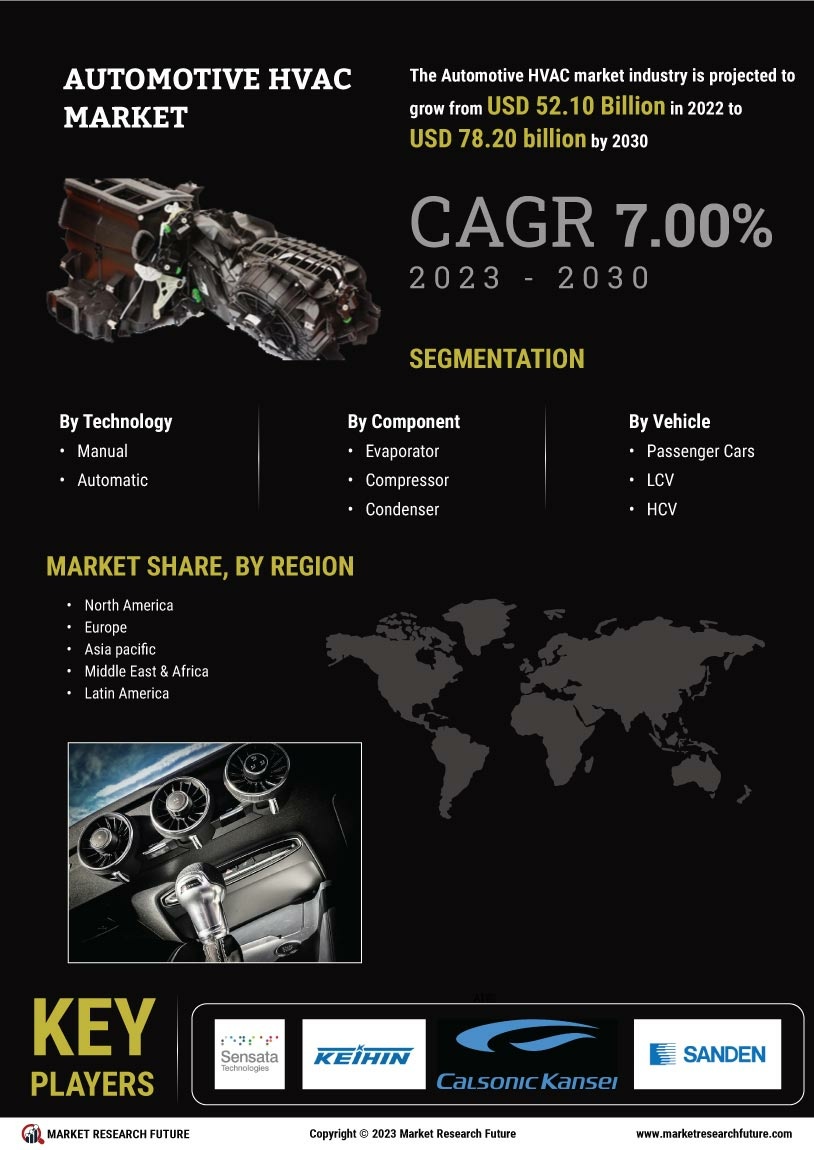-
PCB Files Complaint Against Match Referee After Heated Pakistan-India Clash in Asia Cup
https://cricfastlive.com/pcb-files-complaint-against-match-referee-after-heated-pakistan-india-clash-in-asia-cupPCB Files Complaint Against Match Referee After Heated Pakistan-India Clash in Asia Cup https://cricfastlive.com/pcb-files-complaint-against-match-referee-after-heated-pakistan-india-clash-in-asia-cup0 Comments ·0 Shares ·5K Views ·0 Reviews -
Kane Williamson Signs Casual Playing Agreement with NZC Ahead of T20 World Cup
https://cricfastlive.com/kane-williamson-signs-casual-playing-agreement-with-nzc-ahead-of-t20-world-cupKane Williamson Signs Casual Playing Agreement with NZC Ahead of T20 World Cup https://cricfastlive.com/kane-williamson-signs-casual-playing-agreement-with-nzc-ahead-of-t20-world-cup· 0 Comments ·0 Shares ·5K Views ·0 Reviews1
-
-
-
Understanding Automotive HVAC: The Invisible Comfort System in Your Car
Automotive HVAC (Heating, Ventilation, and Air Conditioning) systems play a vital role in ensuring passenger comfort and vehicle safety. Whether you're driving through scorching summers or icy winters, the HVAC system helps maintain an optimal cabin environment by regulating temperature, airflow, and air quality.
What Is Automotive HVAC?
Automotive HVAC is a system of components that control the temperature, humidity, and air circulation inside the vehicle. It consists of three main functions:
1. Heating – Typically sourced from the engine’s coolant, it warms up the cabin during cold weather.
2. Ventilation – It ensures the continuous circulation of air within the vehicle to maintain freshness.
3. Air Conditioning – It uses refrigerant to cool and dehumidify air during hot weather.
Modern HVAC systems are equipped with sensors and ECUs (Electronic Control Units) to automate temperature control, improving fuel efficiency and user convenience.
Additional components include expansion valves, filters, and ducts that channel air efficiently.
Technological Advancements
Modern HVAC systems in vehicles have become more advanced with the inclusion of:
Dual-Zone or Multi-Zone Climate Control: Allows separate temperature settings for driver and passengers.
Cabin Air Quality Monitoring: Sensors detect pollution and allergens, automatically switching to recirculation mode.
Electric HVAC Systems: In EVs and hybrids, traditional engine-dependent heating and cooling are replaced with electrically driven systems to maintain efficiency.
Importance in EVs
Electric vehicles require specially designed HVAC systems since they don’t have a conventional engine that generates heat. These systems often rely on heat pumps and PTC (Positive Temperature Coefficient) heaters. Efficient HVAC operation is crucial in EVs, as excessive use can reduce driving range. Manufacturers now integrate smart HVAC controls that balance cabin comfort with battery life optimization.
Sustainability and Future Trends
The automotive industry is shifting toward eco-friendly refrigerants like R1234yf to reduce global warming potential. Moreover, the integration of solar-powered HVAC systems and AI-driven climate control is paving the way for sustainable comfort. Smart sensors, voice control, and pre-conditioning features (activated via mobile apps) are becoming standard in premium vehicles.
Conclusion
While often overlooked, the automotive HVAC system is essential for a comfortable and safe driving experience. As vehicles become smarter and more electrified, HVAC systems are also evolving to meet new demands in energy efficiency, passenger health, and user customization. Investing in robust, intelligent HVAC design is no longer optional—it's a necessity for both manufacturers and consumers.
https://www.marketresearchfuture.com/reports/automotive-hvac-market-2113
Understanding Automotive HVAC: The Invisible Comfort System in Your Car Automotive HVAC (Heating, Ventilation, and Air Conditioning) systems play a vital role in ensuring passenger comfort and vehicle safety. Whether you're driving through scorching summers or icy winters, the HVAC system helps maintain an optimal cabin environment by regulating temperature, airflow, and air quality. What Is Automotive HVAC? Automotive HVAC is a system of components that control the temperature, humidity, and air circulation inside the vehicle. It consists of three main functions: 1. Heating – Typically sourced from the engine’s coolant, it warms up the cabin during cold weather. 2. Ventilation – It ensures the continuous circulation of air within the vehicle to maintain freshness. 3. Air Conditioning – It uses refrigerant to cool and dehumidify air during hot weather. Modern HVAC systems are equipped with sensors and ECUs (Electronic Control Units) to automate temperature control, improving fuel efficiency and user convenience. Additional components include expansion valves, filters, and ducts that channel air efficiently. Technological Advancements Modern HVAC systems in vehicles have become more advanced with the inclusion of: Dual-Zone or Multi-Zone Climate Control: Allows separate temperature settings for driver and passengers. Cabin Air Quality Monitoring: Sensors detect pollution and allergens, automatically switching to recirculation mode. Electric HVAC Systems: In EVs and hybrids, traditional engine-dependent heating and cooling are replaced with electrically driven systems to maintain efficiency. Importance in EVs Electric vehicles require specially designed HVAC systems since they don’t have a conventional engine that generates heat. These systems often rely on heat pumps and PTC (Positive Temperature Coefficient) heaters. Efficient HVAC operation is crucial in EVs, as excessive use can reduce driving range. Manufacturers now integrate smart HVAC controls that balance cabin comfort with battery life optimization. Sustainability and Future Trends The automotive industry is shifting toward eco-friendly refrigerants like R1234yf to reduce global warming potential. Moreover, the integration of solar-powered HVAC systems and AI-driven climate control is paving the way for sustainable comfort. Smart sensors, voice control, and pre-conditioning features (activated via mobile apps) are becoming standard in premium vehicles. Conclusion While often overlooked, the automotive HVAC system is essential for a comfortable and safe driving experience. As vehicles become smarter and more electrified, HVAC systems are also evolving to meet new demands in energy efficiency, passenger health, and user customization. Investing in robust, intelligent HVAC design is no longer optional—it's a necessity for both manufacturers and consumers. https://www.marketresearchfuture.com/reports/automotive-hvac-market-21130 Comments ·0 Shares ·8K Views ·0 Reviews -
-
-
-
-
-
-
More Stories















